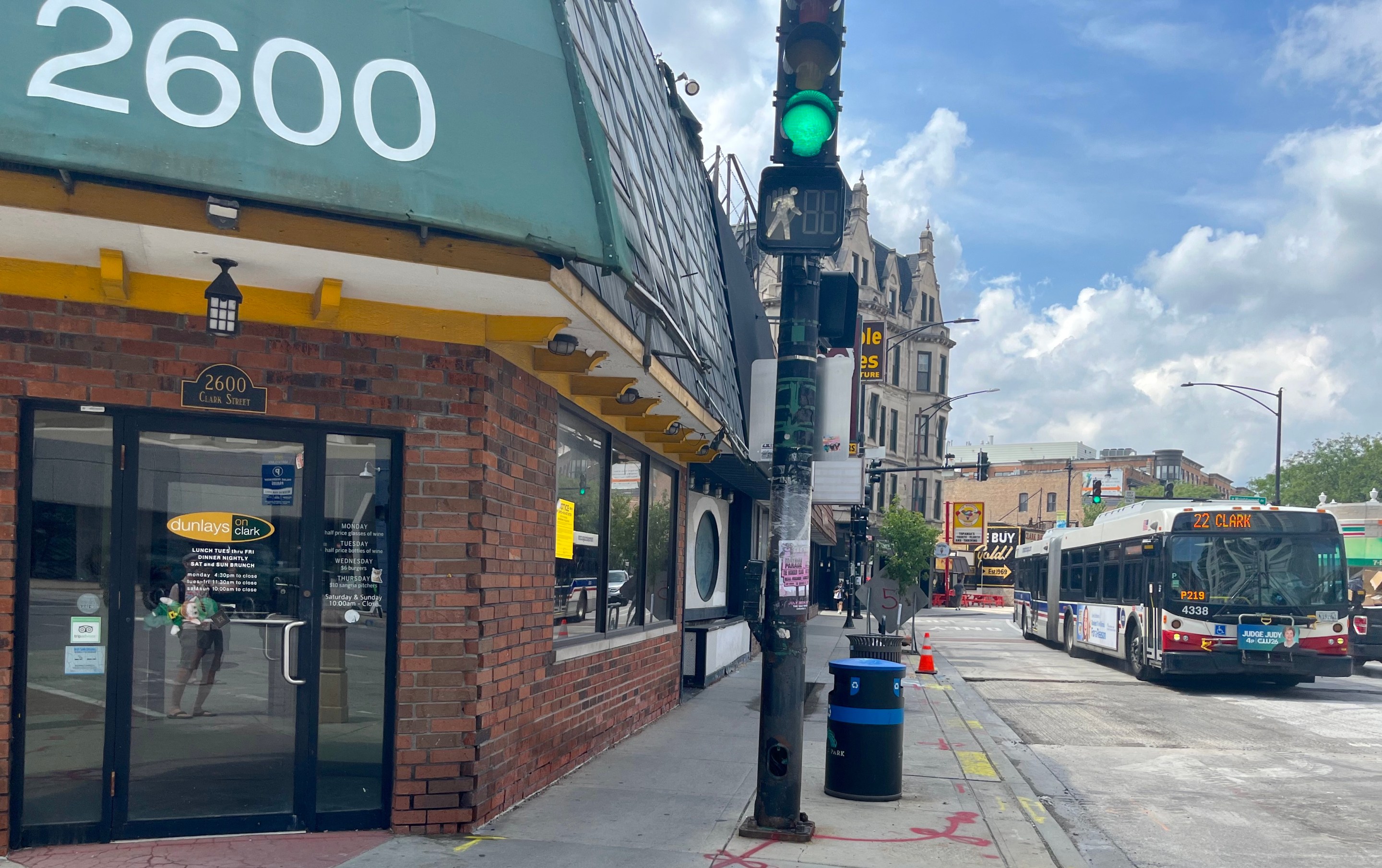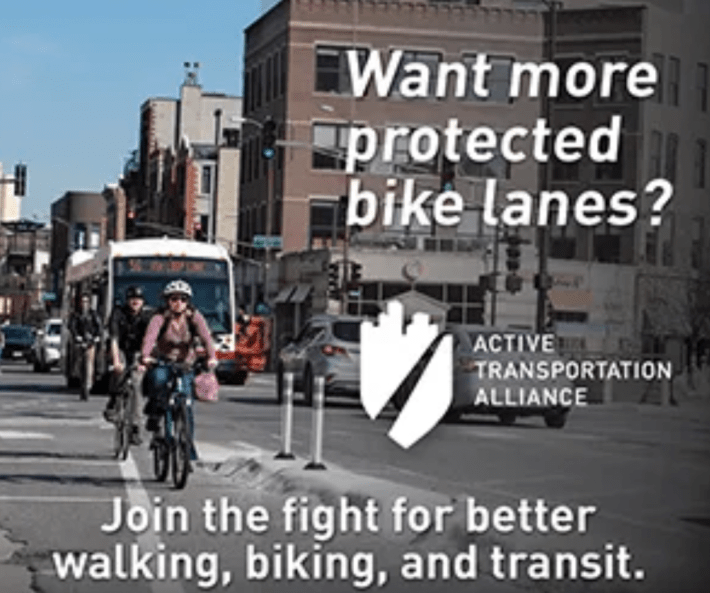
Last week Streetsblog Chicago's Igor Studenkov covered a meeting of the Illinois Senate Transportation Committee to discuss whether Chicagoland's four transit agencies should be combined into a single unit. This might help simplify the bureaucracy involved in separately running the Regional Transportation Authority (which oversees the other three), CTA, Metra, and Pace.
It might also help cut costs, since the four agencies have separate chiefs and a total of 47 board members, each of whom gets paid $10,000 to $25,000 a year to attend 12 meetings. Another problem with having so many directors is that many or most of them have no actual transit expertise. Moreover politicians sometimes reward supporters who rarely even use public transportation by tapping them for these plum positions.
As one might expect, at last week's meeting, the heads of the four agencies lobbied heavily against eliminating their own jobs. They also pushed hard for more transit funding, which is certainly needed in light of Chicagoland's looming $730 million public transportation fiscal cliff, with the plunge predicted in 2026. In contrast, the heads of the Chicago and Illinois chambers of commerce testified at the hearing that the state shouldn’t give transit any more money until there is some form of consolidation.
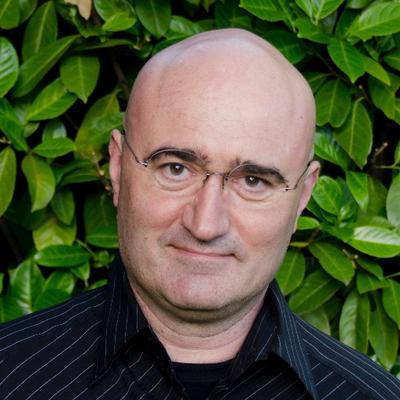
Yesterday there was a fresh perspective on the issue from nationally respected transit planning consultant Jarrett Walker, in an article titled "Chicago Area: Rethinking Both Pace and CTA" on his blog Human Transit. For more than three decades, he's been assisting municipalties around the country with creating new transit systems and policies.
Perhaps most famously, he helped design the 2015 remix of Houston's bus network. which was credited with boosting ridership. It appears people in that Texas town, home of the rock band ZZ Top, were happy they didn't have to spend so much time "Waitin' for the Bus".
Since Jarrett just came to Chicago recently to work as a consultant to the CTA and Pace, the suburban bus agency, let's take a look at what Walker had to say about about northeast Illinois' transit challenges in his blog post. "To help with these debates, I want to lay out my view here of why the agencies need more funding, and why I think consolidation would be a bad idea," he writes in his intro.
To Walker's credit, when it comes to the 4 --> 1 transit agency diet discussion, Walker is very frank about the fact that he's got a Saint Bernard in the race. "As I am a consultant who sees both CTA and Pace as clients, you should not expect me to disagree with their managements in public," he writes. "So of course you should expect me to share their opposition to consolidating CTA, Pace and Metra [and the RTA] into a giant agency." More on that in a bit.
Walker recently pitched in on the Framing Report for Chicago Transit Authority’s Bus Vision Project – read Streetsblog Chicago's discussion of these initiatives here. He says that the report mostly covers the pre-pandemic network, but argues that's still a good reference point today.
"The report’s most important point is that Chicago’s geography creates a tradeoff between the goal of ridership and the goal of equity, because Chicago has a large low-income and racial minority population living in especially remote parts of the city, often at low densities or in areas with other physical barriers to service, where service to them is expensive per person to provide," Walker writes. "This geography has a history of course, often tied to racist policies and practices that were common in the past." Very true, and this tradeoff is extremely relevant to discussions of the upcoming Red Line Extension project, which will bring long-promised 'L' service to sparsely populated parts of the Far South Side.
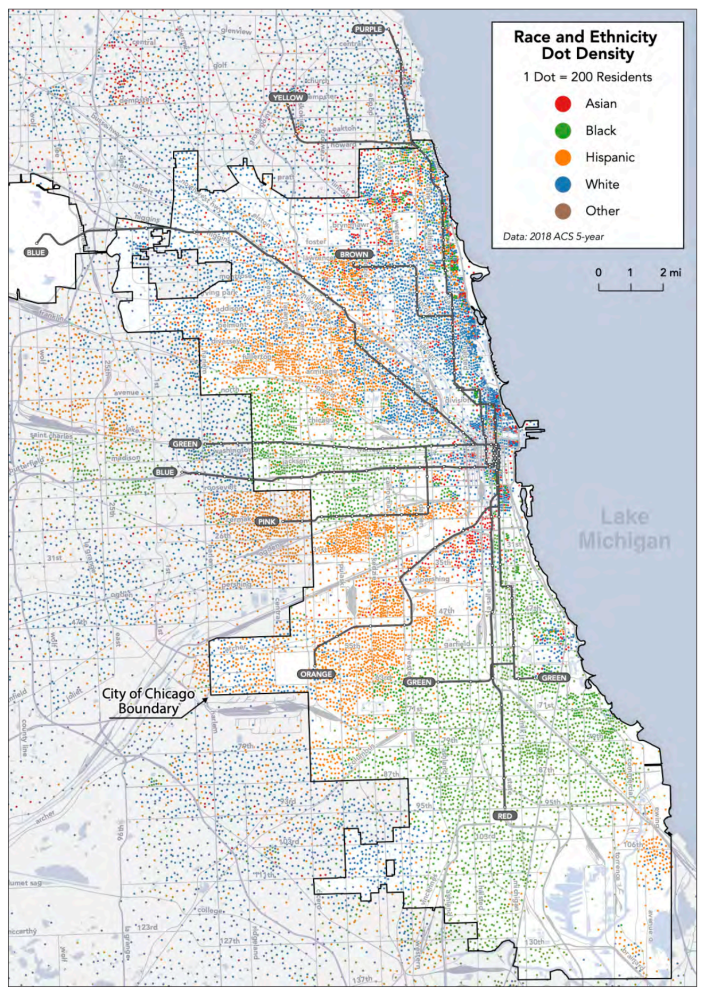
Walker discusses the "ridership-coverage tradeoff," that if transit is focused on area with high ridership, it can be harmful for lower-income communities of color, which may be less densely populated and farther from destinations. The report makes two major points about this problem (Walker's language):
- Transit is doing a lot to help, and it can do more, but only by running some services that won’t be justifiable on purely ridership grounds.
- Transit by itself cannot be expected to heal the legacy of decades of racist land use and real estate policies. Only redevelopment that reduces the isolation of low-income and minority areas, and adds more jobs and educational opportunities near them, can do that.
Walker will discuss the report with CTA Board this September, which will be the end of his contract. But he may have a future role in the bus vision project.
As for his work with Pace, Walker notes that a time when there's a threat of an upcoming financial disaster is an opportunity "to present a positive vision of the level of service that could transform the relevance of public transit across the region." Or, to use ex-Chicago Mayor Rahm Emanuel's axiom, "Never let a serious crisis go to waste."
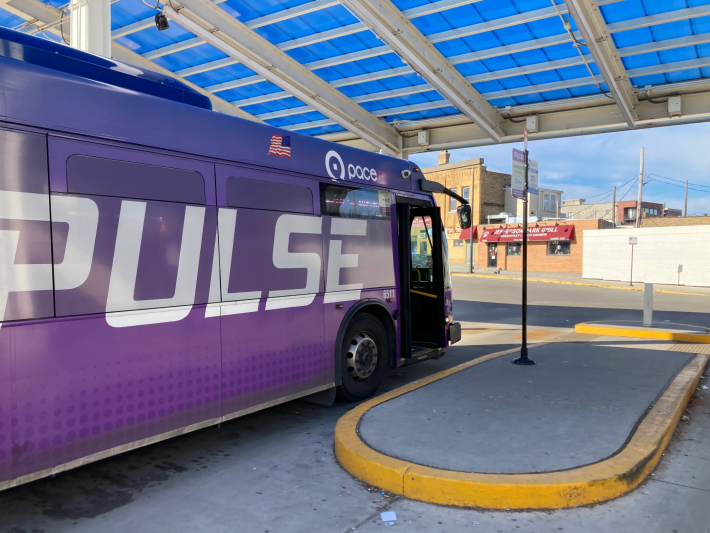
"That’s what we’re doing for Pace," Walker writes. "Later this year we expect to release a report that will show both what Pace could do if its funding returns to 2019 levels, which is not much, but also what it could do with an expansion of funding. The public outreach process on those alternatives will happen toward the end of 2024."
Walker notes that Pace's bus network hasn't kept up with the growth of suburban towns and villages in the last seven decades. "An enormous area of newer suburban development has very little service, just a thin scattering of hourly bus routes and a few rush-hour express services."
"That’s why the Pace project will show two alternatives for a substantial expansion of service, which is currently unfunded," Walker writes. "We need to show people what it would mean to plan based on needs rather than just on constraints, and how that network could transform the possibilities of life in all of the suburban cities."

Now let's look at the consultant's position on the agency consolidation issue. Despite his admitted bias as someone on the payroll of two of the agencies, Walker writes, "I really do think it would be a bad idea, for the same reasons that I’d oppose similar moves to create a single giant agency for the San Francisco Bay Area, which has also been proposed." He makes a few main points (his words):
- There aren’t that many economies of scale that arise from consolidating agencies as large as CTA and Pace.
- Dense core cities like Chicago and San Francisco have profoundly different transit needs and transit politics than their suburbs.
- Dense cities are also where the most can be achieved through intimate coordination of transit planning, land use planning, and street planning.
"In the hearing, Pace Executive Director Melinda Metzger argued that a combined Chicagoland public transit agency would also be bad for the outer suburbs, because Chicago’s interests would dominate," Walker concludes. "On balance, I think both Chicago and its suburbs should fear the creation of an agency so huge that it will be hard to bring its resources to bear on the actual problems of each community."
None of the fusion opponents, including Walker, has explained exactly why the the new single agency board couldn't simply have representation proportionate to the current total of Chicago and suburban reps on the four existing boards. Another major advantage of having one big agency, rather than four smaller ones, is that it would be easier to coordinate CTA, Pace, and Metra service. And the change would also eliminate competition between the transit trio for ridership.
So I'm not onboard with Walker's arguments against consolidation. But his discussion of ways to improve the CTA and Pace is definitely worth your time.
Read Jarrett Walker's full blog post on Chicagoland transit issues here.

Did you appreciate this post? Please consider making a tax-deductible donation.
